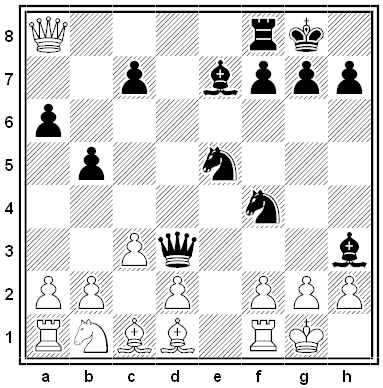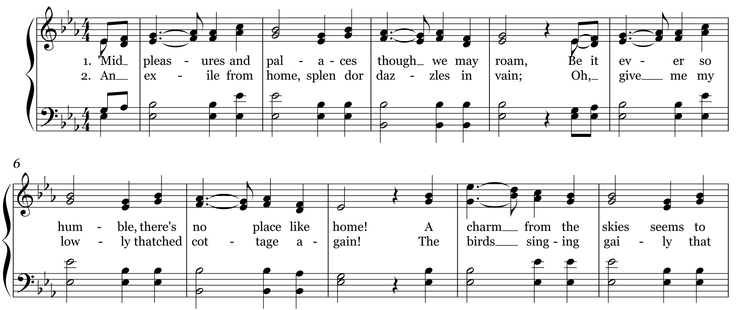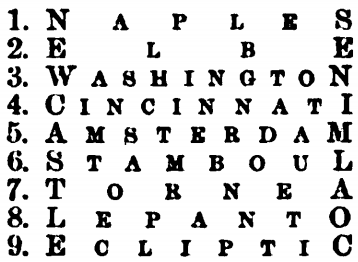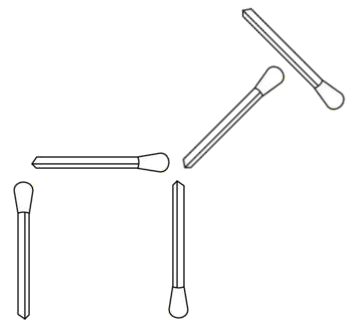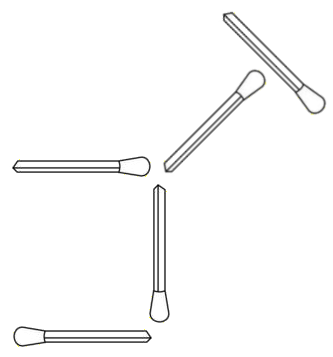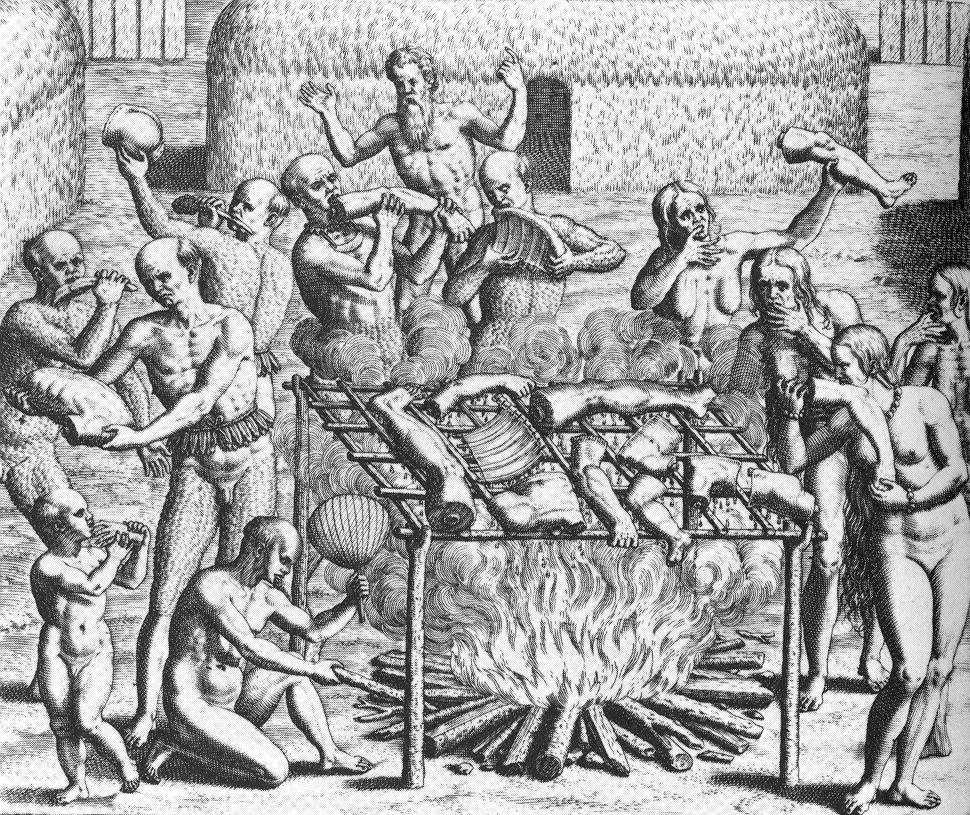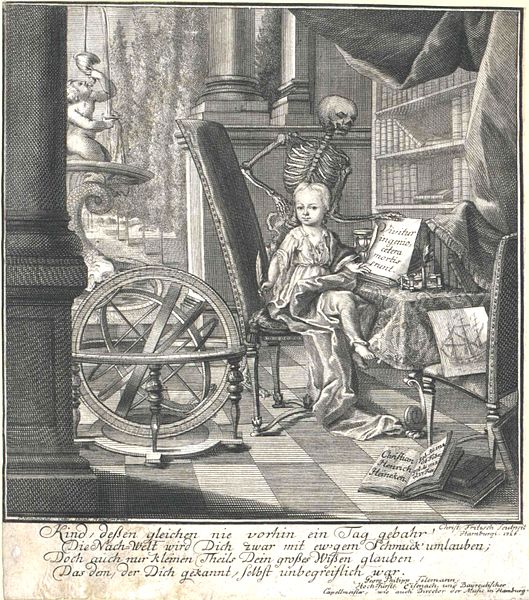Nick Stafford’s stage adaptation of War Horse, Michael Morpurgo’s 1982 young-adult novel, features a life-size horse puppet devised by the Handspring Puppet Company of South Africa. Three actors cooperate to bring the character to life; philosophically, puppeteer Basil Jones says that Handspring aimed to offer “a real horse on stage, … a horse that is disinterested in what the humans are saying around him” and that remains “slightly unpredictable.” That’s informed by an enormous amount of study and practice — new puppeteers visit stables, watch DVDs, and study horse gaits and psychology in what Jones calls “a total immersion”:
Together with the rehearsals the puppeteers have two months of training before they see their first audience. Over scores of performances, the puppeteers become shamans of the horse. Their intuition as to what their fellow puppeteers are about to do becomes finely tuned. This triple performance is a pretty special event to watch on stage.
It seems to work. In the Daily Telegraph, Charles Spencer wrote that “puppets are often an embarrassment, involving a lot of effort and fuss for negligible returns,” but in this case the puppets are “truly magnificent creations.” The Guardian‘s Michael Billington agreed: “The joy of the evening … lies in the skilled recreation of equine life and in its unshaken belief that mankind is ennobled by its love of the horse.”

